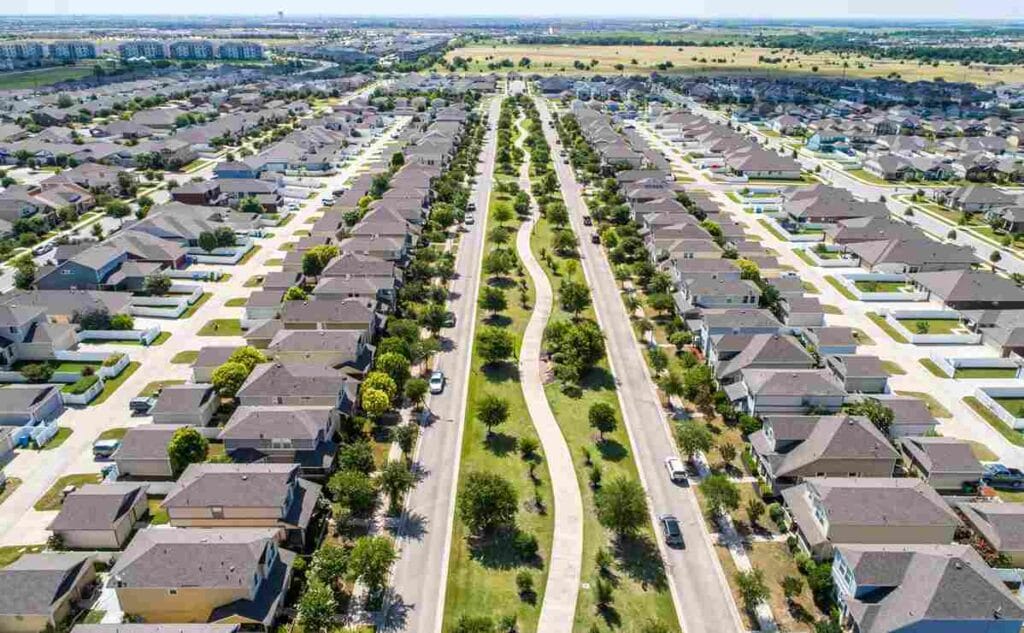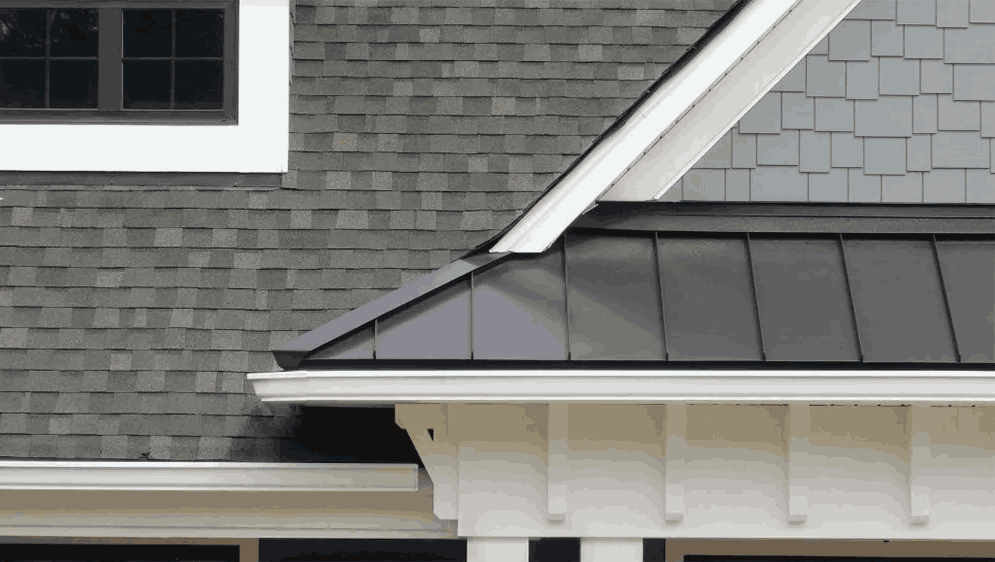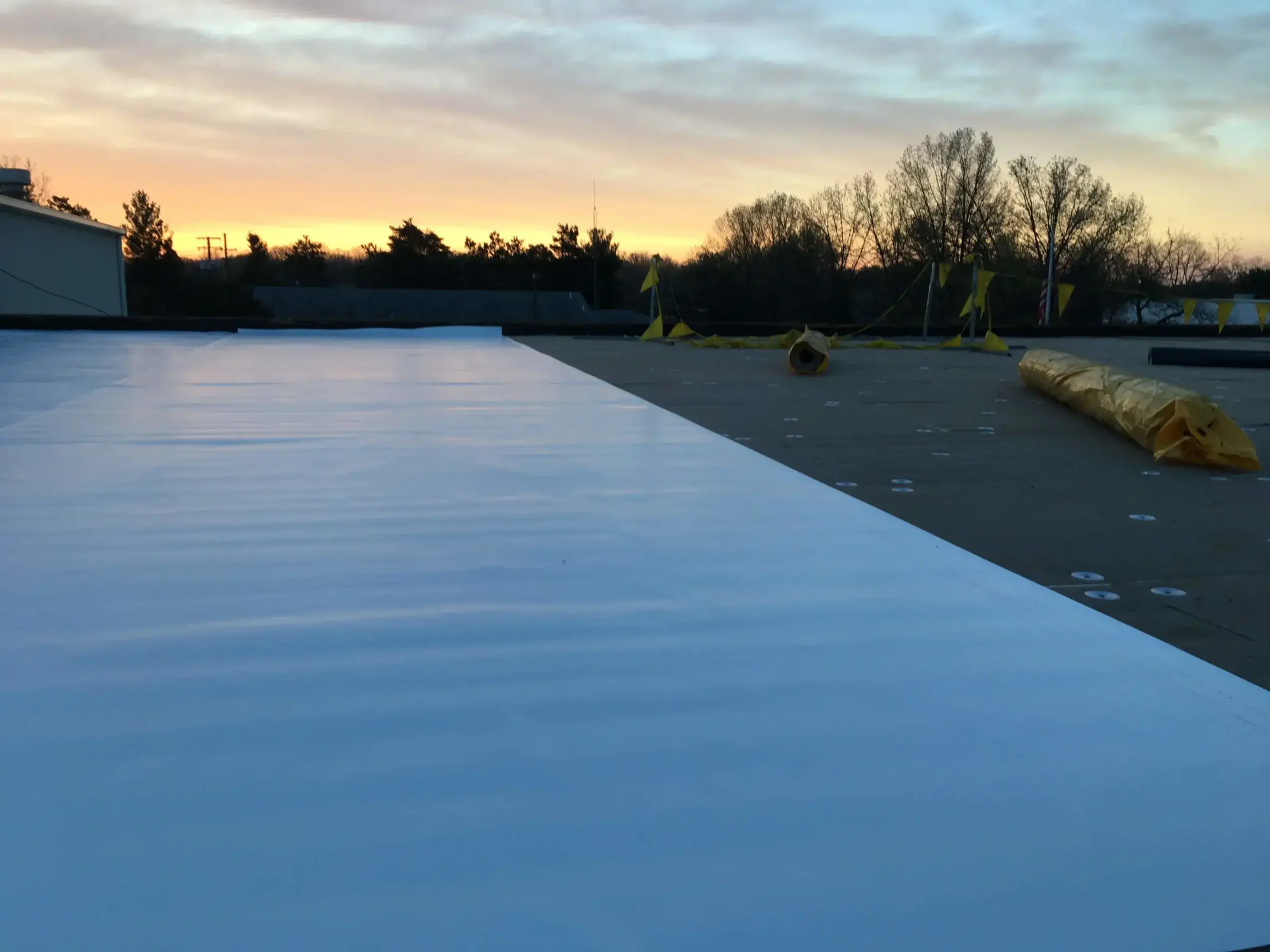
If you’re exploring roofing options for your home or commercial building, PVC roofing has likely come up in your research. This article covers everything you need to know about PVC roofing, from what it is to how it performs in different climates. Whether you’re a homeowner or a commercial property owner, understanding the material, installation process, and long-term benefits will help you take the right decision for your property.
What Is PVC Roofing?
PVC roofing, or polyvinyl chloride roofing, is a type of single-ply roofing material used primarily on flat and low-slope roofs. Common in commercial buildings, it is also gaining popularity in residential settings due to its energy efficiency and durability.
PVC is made from polyvinyl chloride, a durable form of plastic, reinforced with a polyester layer for added strength. This combination forms a system that offers superior protection against water, heat, and chemical exposure. Thanks to its durability, PVC has earned its place as a popular option in the roofing industry.
What Makes PVC a Top Roofing Option?
PVC roofing offers numerous benefits that make it one of the best choices for building owners who want long-lasting performance and minimal maintenance.
✅ 1. Exceptional Durability and Lifespan
PVC roofs are known to last 20 to 30 years or more when installed correctly and maintained properly. Their long lifespan reduces the need for frequent repair, which is a major factor for any homeowner or commercial building manager.
✅ 2. Seamless Waterproofing
Heat-welded seams form a continuous, watertight roofing system. This prevents the problem of leaks often found in traditional roofing. Whether your roof sees a lot of rain, snow, or extreme weather, PVC holds strong against water infiltration.
✅ 3. High Energy Efficiency
PVC membranes are usually white or light-colored, which reflect sunlight and keep buildings cooler during hot weather. This helps reduce heat absorption and lowers cooling costs—a benefit that makes PVC an energy-efficient roofing material in residential and commercial buildings alike.
✅ 4. Lightweight but Strong
Although PVC is a light material, it provides heavy-duty protection. Its strength lies in the way it’s reinforced and sealed, making it resistant to tears and punctures. This helps it perform well in flat roof applications, where standing water can be a major issue.
✅ 5. Resistant to Chemicals and Fire
PVC resists oils, greases, and industrial chemicals, making it ideal for commercial buildings like restaurants or factories. It also holds a Class A fire rating, one of the best you can get for a roofing system.
The Installation Process
Here’s how PVC roofing is typically installed:
-
Prepare the surface: Remove the existing roofing material and inspect the deck.
-
Add insulation: This improves energy performance and protects the structure.
-
Lay the membrane: Sheets of PVC are placed over the insulation and fastened.
-
Heat-weld the seams: A heat gun bonds the sheets together, sealing them into a single, watertight layer.
The quality of installation plays a huge role in how well the roofing system performs. Always hire a professional roofer to ensure the job is done correctly. A poor installation can lead to future repair issues, even with a high-quality roofing material like PVC.
Where Is PVC Roofing Used?
PVC roofing is primarily used on:
-
Flat or low-slope roofs
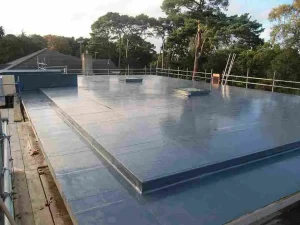
-
Commercial buildings with rooftop HVAC units or frequent foot traffic
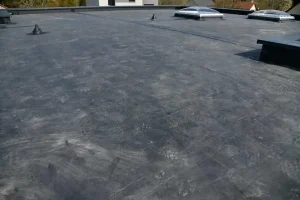
-
Residential homes with modern designs or flat-roof extensions
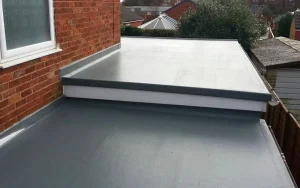
-
Industrial buildings where chemical resistance is needed
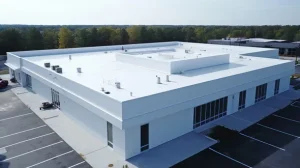
Its versatility, performance, and ease of installation make PVC a popular choice in many areas of construction.
Cost of PVC Roofing
PVC roofing generally costs between $7 and $12 per square foot, depending on:
-
The size of the roof
-
Local labor rates
-
The specific product and membrane thickness
-
Whether it includes insulation or special attachment methods
While it may be higher in cost than materials like asphalt, it’s a solid investment due to its long lifespan and low maintenance needs. Over time, you’ll likely spend less on repairs and energy bills.
Pros and Cons of PVC Roofing
✅ Pros:
-
Long-lasting (20–30 years or more)
-
Energy-efficient, helps keep buildings cooler
-
Excellent resistance to chemicals and fire
-
Lightweight and easy to install
-
Low maintenance
-
Recyclable and eco-friendly
⚠️ Cons:
-
Higher initial cost than some alternatives
-
Not ideal for steep-slope roofs
-
Can shrink if not maintained, especially in certain climates
Still, for most property owners, the benefits far outweigh the downsides—especially when PVC is installed correctly by a reputable roofing service.
PVC vs. Other Roofing Materials
| Roofing Material | Span of Life | Energy Efficiency | Maintenance | Cost (per sq. foot) |
|---|---|---|---|---|
| PVC | 20–30 years | High | Low | $7–$12 |
| TPO | 15–25 years | High | Moderate | $5–$10 |
| EPDM (Rubber) | 10–20 years | Moderate | Moderate | $4–$8 |
| Modified Bitumen | 10–20 years | Low | High | $3–$6 |
| Asphalt Shingles | 15–25 years | Moderate | Moderate | $4–$8 |
If you’re trying to make the right choice for your next roofing project, learning about each option and comparing cost, durability, and weather resistance is essential in the end.
Why PVC Might Be the Right Choice for You
PVC roofing may be the best option if:
-
You have a flat or low-slope roof
-
You want an energy-efficient roofing system
-
Your building is in an area with frequent storms or chemical exposure
-
You’re looking for a long-term investment
-
You want a roof that requires little regular maintenance
Still unsure? A professional contractor can help you decide what’s best for your specific roofing needs.
Final Thoughts: PVC Is a Smart Roofing Investment
PVC roofing is a high-performing, low-maintenance, and eco-friendly roofing material. It has become a popular solution for both residential and commercial buildings across the country due to its ability to handle a wide range of weather conditions and deliver real value over time.
From heat-welded seams to its durable material composition, PVC roofing could be one of the best decisions for investments you can make for your roof. Whether you’re replacing an aging system or planning a new build, this article has given you everything you need to know about PVC roofing.
Need help choosing the right roof? Contact a certified roofing contractor today to explore your options, get a quote, and start your roofing project with confidence.

